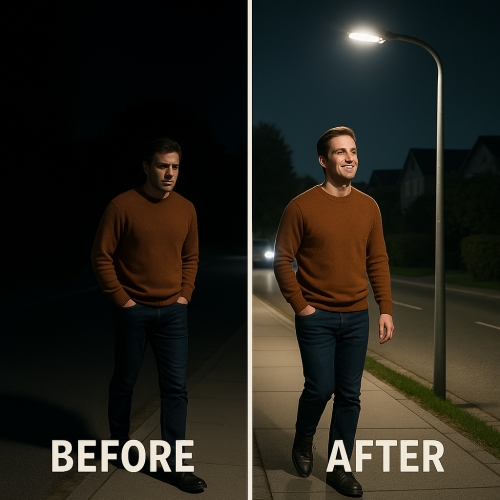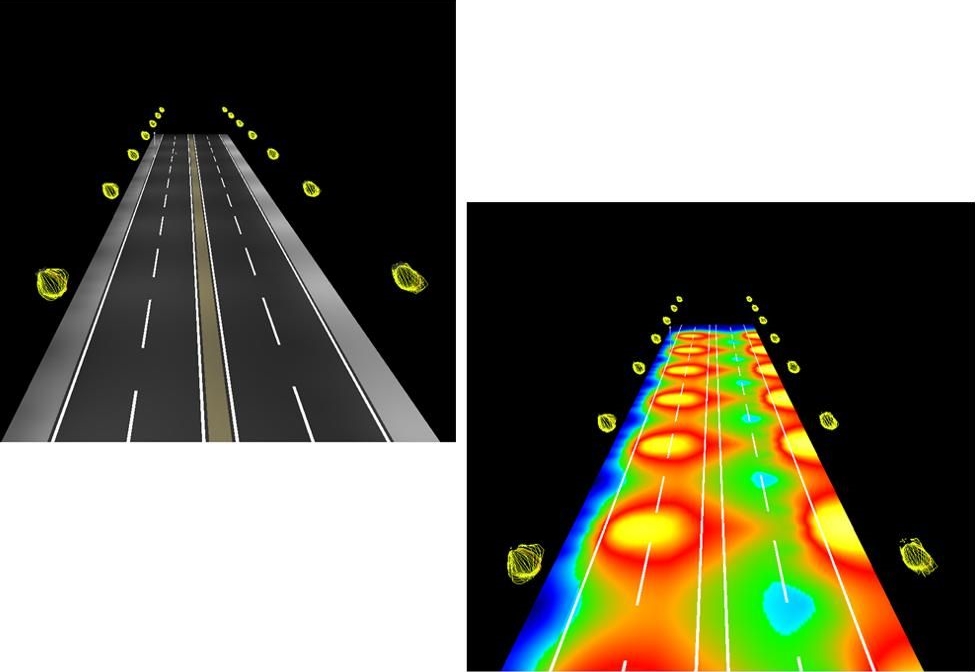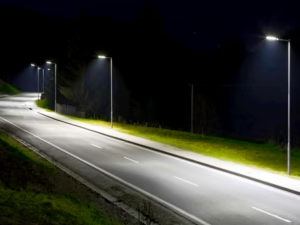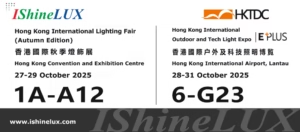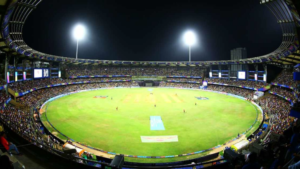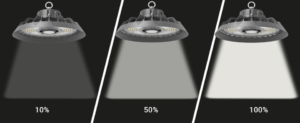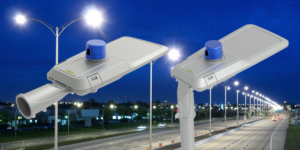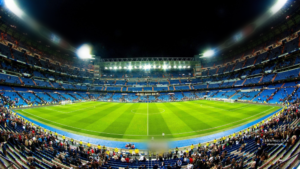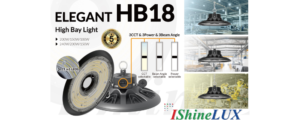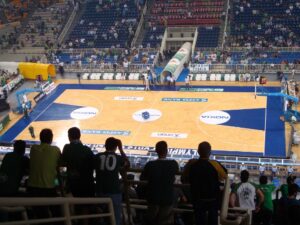Why Is Street Lighting Design So Important?
City safety starts with light. A well-lit street isn't just brighter—it’s smarter, safer, and more efficient.
Street lighting design is essential for urban functionality, safety, and aesthetics. Its evolution increasingly focuses on energy savings, environmental impact, and smart technologies1.
Let’s explore what makes good street lighting more than just light on a pole.
What Is the Purpose of Street Lighting?
Safe roads need clear visibility. Without proper lighting, accidents rise and comfort falls.
Street lighting aims to improve nighttime visibility, reduce accidents, and create a comfortable public space. It also enhances city aesthetics and supports civic pride.
The Role of Lighting in Urban Life
- Safety: Reduces crime and traffic accidents
- Functionality: Supports night-time economic and social activities
- Aesthetics: Highlights city identity and enhances urban design
Challenges in Modern Lighting
- Energy consumption concerns
- Light pollution
- Demand for smart integration
Technology Solutions
LEDs and smart systems enable more targeted, efficient, and adjustable street lighting, meeting today's challenges with sustainable solutions.
Personal Take:
I've seen cities transform just by switching from traditional HPS to smart LED systems. It’s not just about saving electricity—it’s about shaping behavior and comfort.
How Do Core Lighting Metrics Shape Design?
Brightness and clarity don’t happen by chance. Every streetlight's angle, power, and type matters.
Lighting design depends on several core metrics such as luminance, illuminance, uniformity, glare control, and vertical lighting—each directly impacting visibility and safety.
Brightness: Luminance vs Illuminance
| Metric | Definition | Unit | Application |
|---|---|---|---|
| Luminance (Lav) | Light reflected from road | cd/m² | Main roads |
| Illuminance (Eav, Emin) | Light falling on surface | lx | Sidewalks, pedestrian paths |
Uniformity: Consistent Visibility
| Uniformity | Definition | Importance |
|---|---|---|
| U0 (General) | Emin/Eav | Prevents dark patches |
| Ul (Longitudinal) | Based on visual flow | Prevents zebra pattern |
Glare: Controlling Visual Noise
- TI (Threshold Increment): % of veiling luminance
- High glare can temporarily blind drivers
- Controlled by fixture angle, optics, and mounting
Surround Ratio (SR): Environmental Contrast
| Metric | Role | Ideal Range |
|---|---|---|
| SR | Highlights roadside environment | 0.5–0.6 |
CRI: True Color Perception
- A high CRI (>70) is vital for identifying objects and surroundings
- Affects pedestrian and driver confidence
Vertical & Cylindrical Illuminance
- Essential for facial recognition and pedestrian comfort
- Especially important in residential and mixed-use zones
Visual Guidance
- Use road studs, signs, and lighting contrasts to subtly guide drivers
Personal Take:
When I started designing public roads, I underestimated vertical lighting. But after feedback from municipal clients, I realized how crucial it is for personal safety and facial recognition.
How to Select the Right Lighting Class?
Not all roads are created equal. Some need to be bright and uniform; others just need basic lighting.
Lighting classes (M, P, C) are chosen based on road usage. Each class has defined metrics for luminance, glare, and uniformity.
Common Standards
- EN 13201: Widely adopted across Europe and international projects
- M Class: Motorized traffic
- P Class: Pedestrian and cyclist areas
- C Class: Conflict zones (intersections)
Choosing the Right Class
| Factor | M-Class | P-Class |
|---|---|---|
| Speed | High | Low |
| Traffic | Heavy | Light |
| Object detection | High accuracy | Basic visibility |
Performance Requirements by Class
| Class | Lav (cd/m²) | U0 | TI (%) | SR | CRI |
|---|---|---|---|---|---|
| M1 | 2.0 | 0.4 | 10 | 0.5 | ≥70 |
| P3 | N/A | 0.25 | N/A | 0.4 | ≥60 |
Personal Take:
I’ve found that many tender documents are unclear. Understanding EN 13201 deeply helped me guide clients to the right choices even when the spec wasn’t complete.
How Does Layout Affect Lighting Quality?
Great light design can fail with bad pole placement.
Pole height, spacing, and arrangement strongly impact light distribution, uniformity, and glare control.
Key Layout Variables
- Pole height: Affects coverage and uniformity
- Spacing: Too close = overlap; too far = dark spots
- Arm length/angle: Directs light to required area
Layout Types
| Layout | Best For |
|---|---|
| Single side | Narrow roads |
| Double opposite | Wide roads |
| Staggered | Uneven streets |
| Central median | Divided highways |
Environmental Obstacles
- Trees and buildings cast shadows
- Obstructions may require asymmetric optics
Personal Take:
We once reinstalled 40 poles because they were too short to clear tree shadows. Now, we always simulate full-height obstacles in Dialux before finalizing a layout.
Why Does Smart Control Matter?
Lights that think. That’s the future of cities.
Smart control systems allow real-time adjustment of brightness, detect faults, collect data, and improve energy efficiency2.
Core Technologies
| Tech | Description |
|---|---|
| PLC | Power Line Communication |
| RF | Wireless radio |
| NB-IoT | Cellular-based |
| LoRa | Low-power long-range |
Smart Features
- Scheduled dimming
- Traffic-based adjustment
- Environmental sensors
- Fault alerts
- Asset tracking
Smart Benefits
| Benefit | Description |
|---|---|
| Energy Savings | Up to 60% additional savings |
| Maintenance | Quicker fault detection |
| Data | Informs future city planning |
Personal Take:
Our smart projects in Europe cut energy bills by 55%. But even more important, the fault detection dashboard caught failures before users even noticed.
What Tools Help Design Accurate Lighting Plans?
Design is not guesswork—it’s a simulation game.
Software like Dialux helps simulate real road conditions, ensuring lighting designs meet required standards before installation.
Dialux Workflow
- Input road layout & dimensions
- Load IES or LDT files for fixtures
- Set lighting class (e.g. M3)
- Run simulation
- Check uniformity, glare, and illuminance
Common Mistakes
- Ignoring vertical surfaces
- Using generic optics
- Forgetting environmental obstructions
Optimize Iteratively
- Adjust mounting height or pole distance
- Try alternative optics
- Analyze before committing
Personal Take:
Dialux is my go-to. It builds client trust when we show them side-by-side simulations of different designs. Numbers don’t lie.
How Can We Make Lighting Sustainable?
Bright doesn't have to mean wasteful.
Sustainable lighting reduces energy, limits pollution, uses recyclable materials, and adapts via smart systems.
Key Elements
- Energy efficiency: High efficacy LEDs
- Light pollution control: ULOR < 5%
- Recyclable materials: Aluminum, glass, non-toxic coatings
Smart Control’s Environmental Role
- Adaptive lighting = less over-illumination
- Remote off during low-traffic hours
- Integrated sensors to prevent misuse
Personal Take:
We now offer 100% recyclable luminaires. It started small, but customers—especially in Europe—are demanding more eco-friendly specs.
What’s the Cost of Smart Street Lighting?
Good lighting isn’t cheap. But it pays off.
Smart street lighting may have higher upfront costs, but lowers lifecycle expenses and offers a fast ROI.
Lifecycle Costing (LCC)
| Cost Phase | Elements |
|---|---|
| Initial | Fixtures, poles, install |
| Operation | Energy, repair |
| Maintenance | Replacements, inspections |
| Smart Control | Adds 5–15%, saves 30–60% O&M |
ROI Calculation
- ROI often within 4–6 years
- Enhanced by energy subsidies
- Long lifespan = lower total cost
Personal Take:
We helped a city replace 12,000 lights. They saved enough in 4 years to fund 3 new public parks from the lighting budget alone.
Conclusion
Street lighting design is where engineering meets public life. Smarter, safer, and more sustainable systems start with the right knowledge and the right partner.

